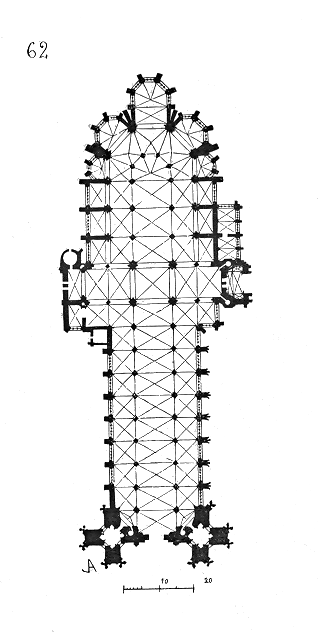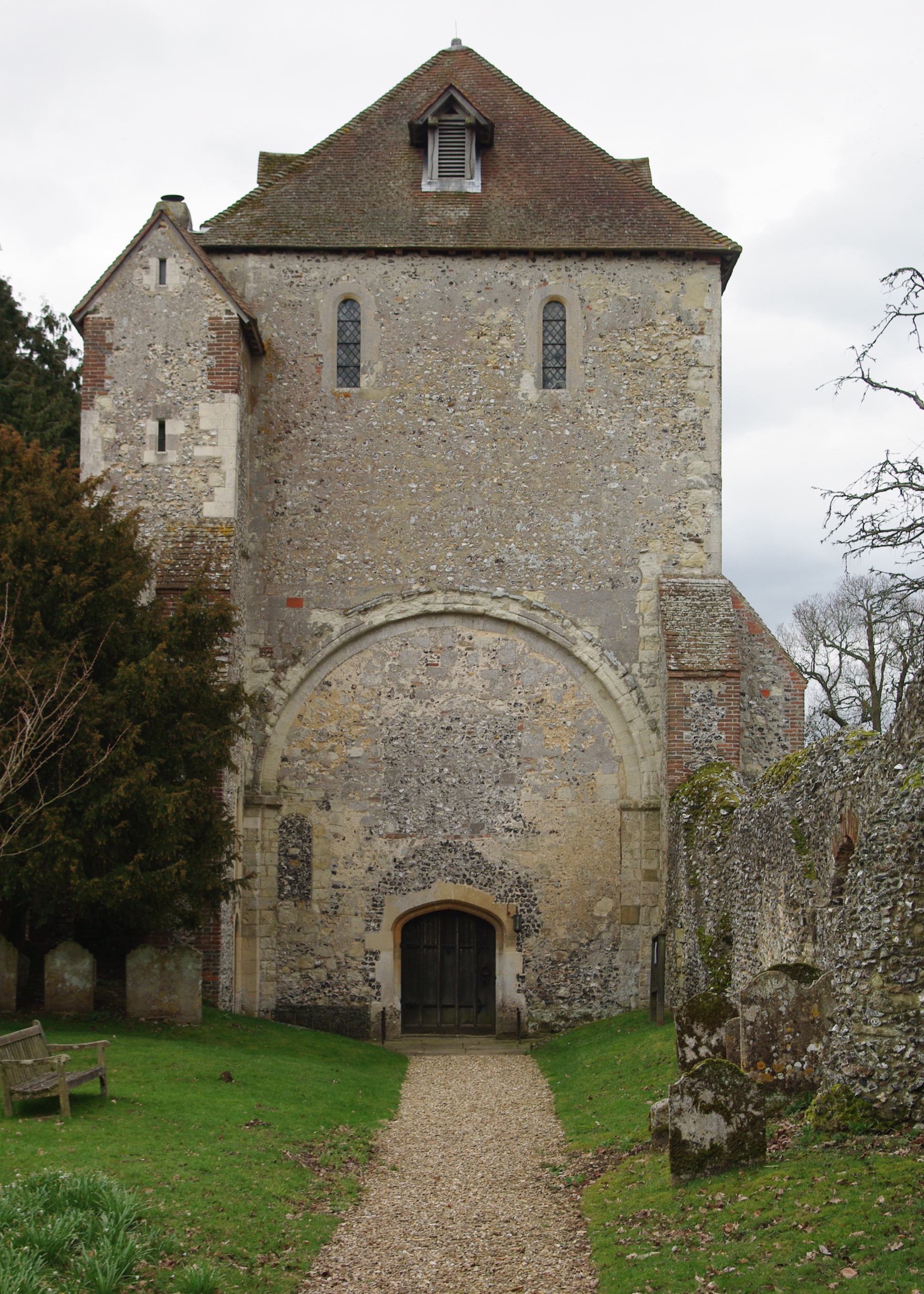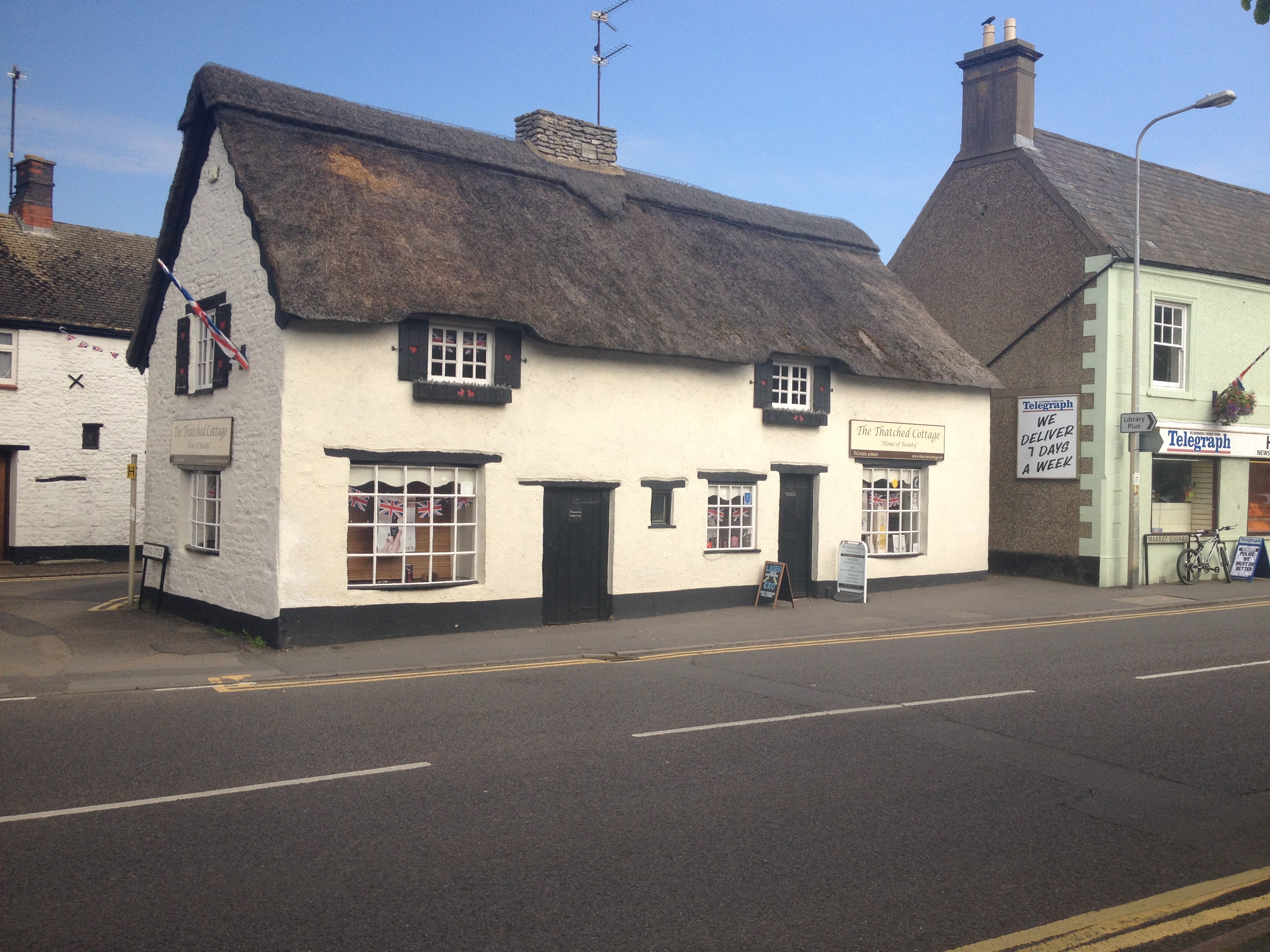|
Priory Of West Mersea
West Mersea Priory was a Benedictine priory in West Mersea, Essex, England. It was founded in 1046 and granted by Edward the Confessor to the Abbey of Saint-Ouen in Rouen. As an alien priory it was taken by Henry V who granted it in 1422 to Henry Chichele, archbishop of Canterbury, for his college at Higham Ferrers Higham Ferrers is a market town and civil parish in the Nene Valley in North Northamptonshire, England, close to the Cambridgeshire and Bedfordshire borders. It forms a single built-up area with Rushden to the south and has an estimated popula .... The priory was dissolved in 1542. There are no physical remains. References Monasteries in Essex West Mersea Benedictine monasteries in England Alien priories in England {{UK-Christian-monastery-stub ... [...More Info...] [...Related Items...] OR: [Wikipedia] [Google] [Baidu] |
Benedictine
, image = Medalla San Benito.PNG , caption = Design on the obverse side of the Saint Benedict Medal , abbreviation = OSB , formation = , motto = (English: 'Pray and Work') , founder = Benedict of Nursia , founding_location = Subiaco Abbey , type = Catholic religious order , headquarters = Sant'Anselmo all'Aventino , num_members = 6,802 (3,419 priests) as of 2020 , leader_title = Abbot Primate , leader_name = Gregory Polan, OSB , main_organ = Benedictine Confederation , parent_organization = Catholic Church , website = The Benedictines, officially the Order of Saint Benedict ( la, Ordo Sancti Benedicti, abbreviated as OSB), are a monastic religious order of the Catholic Church following the Rule of Saint Benedict. They are also sometimes called the Black Monks, in reference to the colour of their religious habits. They ... [...More Info...] [...Related Items...] OR: [Wikipedia] [Google] [Baidu] |
West Mersea
West Mersea is a town and Wards and electoral divisions of the United Kingdom, electoral ward in Essex, England. It is the larger (in terms of population) of two settlements on Mersea Island, south of Colchester. History Roman buildings and Roman mosaic, tesselated pavements close to the quayside have led to suggestions that a small Roman Britain, Roman settlement and port existed on the site of the modern town, with a Roman road, road linking it to the nearby town of Camulodunum (modern Colchester). The nearby Tumulus, burial mound to the north of the town is also Roman. Edward the Confessor granted the island to the abbey of St. Ouen in Rouen, France, in 1046, and the Priory of West Mersea was established. In 1963, the lifeboat station was established next to the West Mersea Yacht Club, one of the first ten List of RNLI stations, inshore lifeboat stations in the British Isles. Originally served by a D class lifeboat, this was replaced by a B class, Atlantic 21, lifeboat in 1 ... [...More Info...] [...Related Items...] OR: [Wikipedia] [Google] [Baidu] |
Essex
Essex () is a county in the East of England. One of the home counties, it borders Suffolk and Cambridgeshire to the north, the North Sea to the east, Hertfordshire to the west, Kent across the estuary of the River Thames to the south, and Greater London to the south and south-west. There are three cities in Essex: Southend, Colchester and Chelmsford, in order of population. For the purposes of government statistics, Essex is placed in the East of England region. There are four definitions of the extent of Essex, the widest being the ancient county. Next, the largest is the former postal county, followed by the ceremonial county, with the smallest being the administrative county—the area administered by the County Council, which excludes the two unitary authorities of Thurrock and Southend-on-Sea. The ceremonial county occupies the eastern part of what was, during the Early Middle Ages, the Anglo-Saxon Kingdom of Essex. As well as rural areas and urban areas, it forms ... [...More Info...] [...Related Items...] OR: [Wikipedia] [Google] [Baidu] |
Edward The Confessor
Edward the Confessor ; la, Eduardus Confessor , ; ( 1003 – 5 January 1066) was one of the last Anglo-Saxon English kings. Usually considered the last king of the House of Wessex, he ruled from 1042 to 1066. Edward was the son of Æthelred the Unready and Emma of Normandy. He succeeded Cnut the Great's son – and his own half-brother – Harthacnut. He restored the rule of the House of Wessex after the period of Danish rule since Cnut conquered England in 1016. When Edward died in 1066, he was succeeded by his wife's brother Harold Godwinson, who was defeated and killed in the same year by the Normans under William the Conqueror at the Battle of Hastings. Edward's young great-nephew Edgar the Ætheling of the House of Wessex was proclaimed king after the Battle of Hastings in 1066 but was never crowned and was peacefully deposed after about eight weeks. Historians disagree about Edward's fairly long 24-year reign. His nickname reflects the traditional image ... [...More Info...] [...Related Items...] OR: [Wikipedia] [Google] [Baidu] |
Abbey Of Saint-Ouen
Saint-Ouen Abbey, (french: Abbaye Saint-Ouen de Rouen) is a large Gothic Catholic church and former Benedictine monastic church in Rouen. It is named for Audoin (french: Ouen, ), 7th-century bishop of Rouen in modern Normandy, France. The church's name is sometimes anglicized as St Owen's. Built on a similar scale to nearby Rouen Cathedral, the abbey is famous for both its architecture and its large, unaltered Cavaillé-Coll organ, which was described by Charles-Marie Widor as "a Michelangelo of an organ". With the cathedral and the Church of Saint-Maclou, Saint-Ouen is one of the principal French Gothic monuments of the city. The Abbey The current church building was originally built as the abbey church of Saint-Ouen for the Benedictine Order, beginning in 1318 and interrupted by the Hundred Years' War and sacked and badly damaged during the Harelle. It was completed in the 15th century in the Flamboyant style. The foundation of Saint-Ouen Abbey has been variously credited ... [...More Info...] [...Related Items...] OR: [Wikipedia] [Google] [Baidu] |
Rouen
Rouen (, ; or ) is a city on the River Seine in northern France. It is the prefecture of the Regions of France, region of Normandy (administrative region), Normandy and the Departments of France, department of Seine-Maritime. Formerly one of the largest and most prosperous cities of Middle Ages, medieval Europe, the population of the metropolitan area (french: functional area (France), aire d'attraction) is 702,945 (2018). People from Rouen are known as ''Rouennais''. Rouen was the seat of the Exchequer of Normandy during the Middle Ages. It was one of the capitals of the Anglo-Normans, Anglo-Norman dynasties, which ruled both England and large parts of modern France from the 11th to the 15th centuries. From the 13th century onwards, the city experienced a remarkable economic boom, thanks in particular to the development of textile factories and river trade. Claimed by both the French and the English during the Hundred Years' War, it was on its soil that Joan of Arc was tried ... [...More Info...] [...Related Items...] OR: [Wikipedia] [Google] [Baidu] |
Alien Priory
Alien priories were religious establishments in England, such as monasteries and convents, which were under the control of another religious house outside England. Usually the mother-house was in France.Coredon ''Dictionary of Medieval Terms'' p. 10 History Alien Priories were small dependencies of foreign religious houses. Specifically, this pertained to the English possessions of French religious houses. The precedent went back at least as far as 912. Ælfthryth, daughter of Alfred the Great married Baldwin II, Count of Flanders. She received various properties under her father's will, and gave Lewisham Priory with its dependencies, Greenwich and Woolwich, to the abbey of St Peter at Ghent. Edward the Confessor gave the parish church at Deerhurst, and its lands to the monastery of St Denis. The practice increased after the Norman Conquest. A number of Norman lords had founded monasteries on their lands in France, which in many cases sent monks to England to manage their ... [...More Info...] [...Related Items...] OR: [Wikipedia] [Google] [Baidu] |
Henry V Of England
Henry V (16 September 1386 – 31 August 1422), also called Henry of Monmouth, was King of England and Lord of Ireland from 1413 until his death in 1422. Despite his relatively short reign, Henry's outstanding military successes in the Hundred Years' War against France made England one of the strongest military powers in Europe. Immortalised in Shakespeare's "Henriad" plays, Henry is known and celebrated as one of the greatest warrior-kings of medieval England. During the reign of his father Henry IV, Henry gained military experience fighting the Welsh during the revolt of Owain Glyndŵr and against the powerful aristocratic Percy family of Northumberland at the Battle of Shrewsbury. Henry acquired an increased role in England's government due to the king's declining health, but disagreements between father and son led to political conflict between the two. After his father's death in 1413, Henry assumed control of the country and asserted the pending English claim t ... [...More Info...] [...Related Items...] OR: [Wikipedia] [Google] [Baidu] |
Henry Chichele
Henry Chichele ( , also Checheley; – 12 April 1443) was Archbishop of Canterbury (1414–1443) and founded All Souls College, Oxford. Early life Chichele was born at Higham Ferrers, Northamptonshire, in 1363 or 1364; Chicheley told Pope Eugene IV, in 1443, in asking leave to retire from the archbishopric, that he was in his eightieth year. He was the third and youngest son of Thomas Chicheley, who appears in 1368 in still extant town records of Higham Ferrers, as a suitor in the mayor's court, and in 1381–1382, and again in 1384–1385, was mayor: in fact, for a dozen years he and Henry Barton, schoolmaster of Higham Ferrers grammar school, and one Richard Brabazon, filled the mayoralty in turns. Thomas Chichele's occupation does not appear but his eldest son, William, is on the earliest extant list (1383) of the Grocers' Company, London. On 9 June 1405 Henry Chichele was admitted, in succession to his father, to a burgage in Higham Ferrers. His mother, Agnes Pincheon, is s ... [...More Info...] [...Related Items...] OR: [Wikipedia] [Google] [Baidu] |
Archbishop Of Canterbury
The archbishop of Canterbury is the senior bishop and a principal leader of the Church of England, the ceremonial head of the worldwide Anglican Communion and the diocesan bishop of the Diocese of Canterbury. The current archbishop is Justin Welby, who was enthroned at Canterbury Cathedral on 21 March 2013. Welby is the 105th in a line which goes back more than 1400 years to Augustine of Canterbury, the "Apostle to the English", sent from Rome in the year 597. Welby succeeded Rowan Williams. From the time of Augustine until the 16th century, the archbishops of Canterbury were in full communion with the See of Rome and usually received the pallium from the pope. During the English Reformation, the Church of England broke away from the authority of the pope. Thomas Cranmer became the first holder of the office following the English Reformation in 1533, while Reginald Pole was the last Roman Catholic in the position, serving from 1556 to 1558 during the Counter-Reformation. ... [...More Info...] [...Related Items...] OR: [Wikipedia] [Google] [Baidu] |
Higham Ferrers
Higham Ferrers is a market town and civil parish in the Nene Valley in North Northamptonshire, England, close to the Cambridgeshire and Bedfordshire borders. It forms a single built-up area with Rushden to the south and has an estimated population of 8,083. The town centre contains many historic buildings around the Market Square and College Street. History The town's name means 'High homestead/village'. The Ferrers family are mentioned in connection with the town in 1166. The hundred is named after Higham Ferrers, but the site of the meeting-place is unknown. The first Charter of 1251 was due to the Lord of the Manor, William de Ferrers, who created the Borough in order to promote a prosperous community at the gates of his castle, where people had begun to settle in numbers and to trade in the ancient market. Henry Chichele (c. 1364 – 12 April 1443) was born in Higham Ferrers. He was Archbishop of Canterbury and founded All Souls College, Oxford. In 1422 Higham Ferrers Sch ... [...More Info...] [...Related Items...] OR: [Wikipedia] [Google] [Baidu] |




.jpg)

